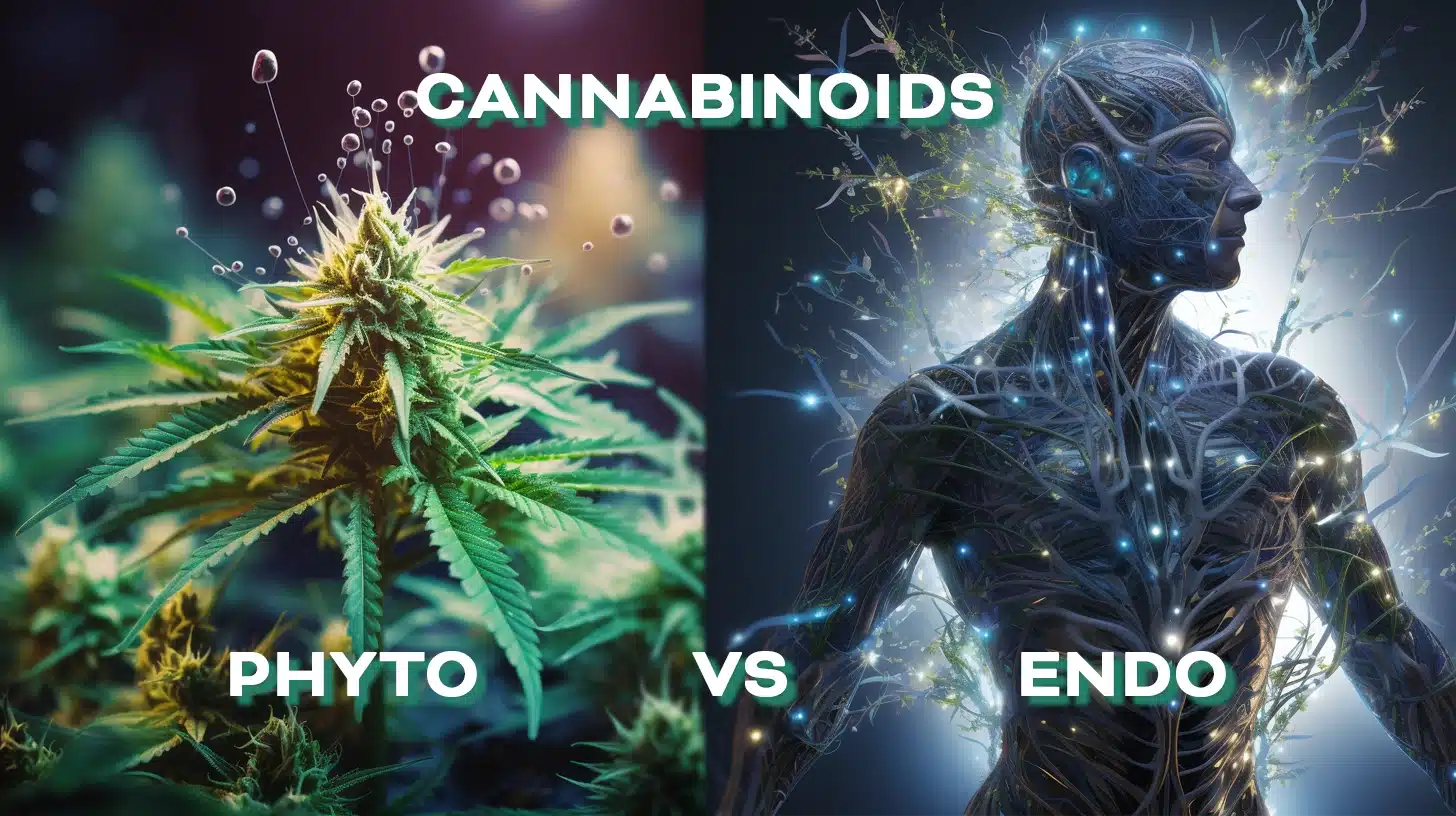Endocannabinoids Vs Phytocannabinoids: What’s The Difference?


Christopher Visser
Multi-Cannabis Business Owner
Christopher Visser, the Founder and CEO of Cannabidiol Life and THCGummies.com, is a distinguished figure in the CBD industry, recognized for his pioneering contributions since 2016. With over 120 published articles, Christopher has become a reputable cannabis researcher, writer, and author. He's built two prosperous cannabis ventures that collectively generated millions in annual sales. His in-depth analysis of numerous cannabis studies, collaboration with medical professionals, and personal engagement with thousands of customers underline his expertise and commitment to advancing cannabis understanding daily.
-
 Written By:
Christopher Visser
Written By:
Christopher Visser
- Published:
- Updated: February 8, 2024
- Too Quiet, Light Up The Convo!
Learn the difference between Cannabinoids, Phytocannabinoids, and Endocannabinoids.
Table of Contents
- Tags: Versus (Vs.)
Let’s jump right into the facts.
Cannabinoids
The word “cannabinoid” is the parent term that refers to any compound that can interact with the cannabinoid receptors inside our bodies Endocannabinoid System.
There are two main types of cannabinoids:
- Endocannabinoids
- Phytocannabinoids
Endocannabinoids
An endocannabinoid is made inside our bodies; “Endo” means internal/inside. The most well-known endocannabinoids are:
- Anandamide (AEA): Sometimes called the “bliss molecule,” anandamide is named after the Sanskrit word for joy or happiness. It plays a role in mood regulation, appetite, and pain relief.
- 2-Arachidonoylglycerol (2-AG): This endocannabinoid is present at high levels in the central nervous system (the brain and spinal cord) and has been found to play roles in regulating various bodily functions, like immune system activity and pain management.
Phytocannabinoids
Phytocannabinoids are made by plants, and for the most part, the cannabis plant. “Phyto” means plant-derived and the most well-known phytocannabinoids are:
- THC (Delta-9 THC)
- CBD (Cannabidiol)
Summary
Cannabinoids, which are compounds that interact with the body’s endocannabinoid system, encompass two main types: endocannabinoids and phytocannabinoids.
Endocannabinoids, like Anandamide (AEA) and 2-Arachidonoylglycerol (2-AG), are produced internally within our bodies and play critical roles in mood regulation, appetite, pain relief, immune system activity, and more.
On the other hand, phytocannabinoids, including well-known compounds such as THC (Delta-9 THC) and CBD (Cannabidiol), are derived from plants, predominantly the cannabis plant. These plant-based cannabinoids also interact with our bodies and have been studied extensively for their potential effects and benefits.
Understanding these cannabinoid types is crucial for grasping the complex relationship between these compounds and human physiology.

IGNITE RIPPLES OF CANNABIS WISDOM.
Be the catalyst!
SHARE THIS ARTICLE ON SOCIAL MEDIA!
SHARE ON SOCIAL MEDIA

Looking For Something Else?




